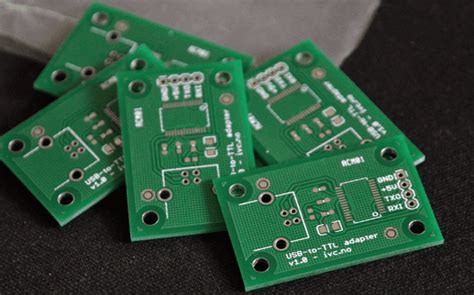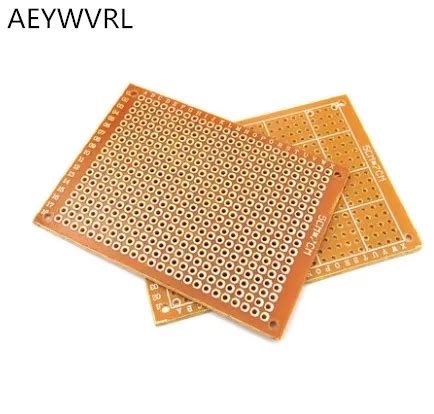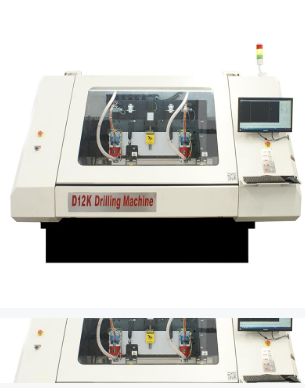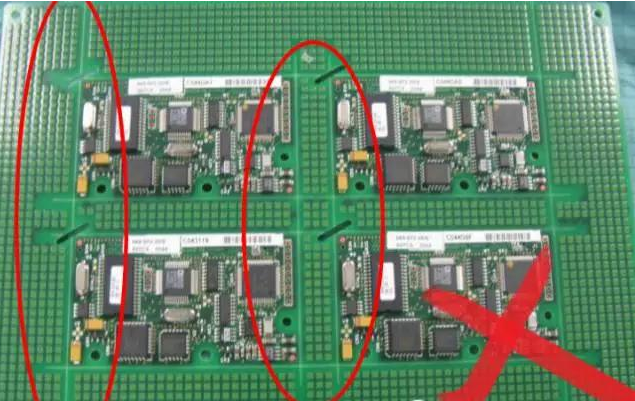PCB Trace Routing Priority Order Requirements
Introduction
Printed Circuit Board (PCB) design is a complex process that requires careful consideration of numerous factors to ensure optimal performance, reliability, and manufacturability. One of the most critical aspects of PCB layout is determining the proper routing priority order for different types of traces. Establishing a clear hierarchy for trace routing helps designers create boards that meet electrical, thermal, and mechanical requirements while minimizing potential interference and signal integrity issues.
This article explores the essential requirements for PCB trace routing priority order, providing guidelines for designers to follow when creating high-quality PCB layouts. We will examine the various categories of traces, their relative importance, and the reasoning behind the recommended prioritization.
1. Power Distribution Network (PDN) Routing Priority
1.1 Power Planes
The highest routing priority in any PCB design should be given to the power distribution network. Proper power delivery is fundamental to the board’s operation, and power integrity issues can affect all other circuits. Designers should:
- Establish complete power planes whenever possible
- Ensure low-impedance paths from power sources to all components
- Maintain adequate copper thickness for current-carrying capacity
- Implement proper decoupling capacitor placement
1.2 Critical Power Rails
After establishing power planes, special attention should be paid to critical power rails:
- Microprocessor/core voltages (often low voltage, high current)
- Analog circuit power supplies (require clean, stable voltage)
- High-speed interface power (PCIe, USB, etc.)
- Any voltage rails with strict tolerance requirements
These traces should be routed with appropriate width and accompanied by proper decoupling capacitors placed as close as possible to the power pins.
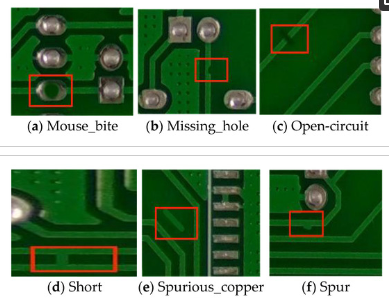
2. Sensitive Analog Signal Routing
2.1 RF and High-Frequency Analog Signals
After establishing the power distribution network, the next highest priority should be given to sensitive analog signals:
- RF signals (cellular, WiFi, Bluetooth, etc.)
- High-frequency analog (video, radar, etc.)
- Low-level analog (sensor inputs, microphone, etc.)
- Clock references for analog circuits
These traces require special considerations:
- Controlled impedance matching
- Minimal length routing when possible
- Proper shielding and isolation from digital signals
- Careful via placement to minimize discontinuities
2.2 Precision Analog Signals
Precision analog signals, such as those from:
- Medical instrumentation
- High-resolution ADCs/DACs
- Strain gauges
- Thermocouples
require additional protection:
- Guard rings around sensitive traces
- Proper grounding techniques
- Isolation from noisy areas of the board
- Differential routing when applicable
3. Critical Digital Signal Routing
3.1 System Clocks and Timing Signals
Digital systems rely on precise timing, making clock distribution a high-priority routing consideration:
- Main system clocks
- Memory interface clocks (DDR, etc.)
- High-speed serial interface clocks
- Timing references for data converters
Routing requirements include:
- Length matching for parallel buses
- Controlled impedance
- Minimal via usage
- Proper termination
- Isolation from noisy signals
3.2 High-Speed Digital Interfaces
Modern PCBs contain numerous high-speed digital interfaces that require careful routing:
- DDR memory interfaces
- PCI Express
- USB 3.0/3.1/4.0
- HDMI/DisplayPort
- Ethernet (especially 1Gbps and above)
- SERDES channels
Key routing considerations:
- Strict length matching requirements
- Proper spacing for differential pairs
- Minimizing stubs and branches
- Maintaining consistent impedance along entire path
- Careful reference plane management
4. General Signal Routing
4.1 Medium-Speed Digital Signals
After addressing the most critical signals, designers can route general digital signals:
- Processor buses
- Memory address lines
- Peripheral interfaces (SPI, I2C, UART)
- GPIO connections
Routing guidelines:
- Group related signals together
- Maintain reasonable spacing to minimize crosstalk
- Consider return paths for each signal
- Avoid creating unnecessary antennas or resonant structures
4.2 Low-Speed Digital Signals
The lowest priority digital signals include:
- Status LEDs
- Button inputs
- Non-critical control signals
- Low-frequency monitoring signals
These can typically be routed with more flexibility, though basic good practices should still be followed:
- Avoid running parallel to sensitive analog traces
- Maintain reasonable clearance from high-speed signals
- Use appropriate trace widths for current requirements

5. Grounding Considerations
While not strictly a routing priority, proper grounding is essential throughout the routing process:
5.1 Ground Plane Integrity
- Maintain unbroken ground planes beneath critical signals
- Avoid creating ground plane slots that disrupt return paths
- Use stitching vias to connect ground layers in multilayer boards
5.2 Ground Separation
- Implement proper separation between analog and digital grounds
- Use bridges or controlled connections between ground domains
- Consider split planes for sensitive circuits when appropriate
5.3 Ground Return Paths
- Ensure every signal has a clear return path
- Avoid creating ground loops
- Pay special attention to return paths for high-speed signals
6. Special Considerations
6.1 Thermal Management Traces
Some traces carry significant current and require special thermal considerations:
- Power transistor connections
- Voltage regulator paths
- Motor drivers
- High-current LEDs
Design requirements:
- Appropriate trace width for current and temperature rise
- Thermal relief connections when needed
- Possible use of polygon pours instead of traces
- Consideration of external copper or heatsinking
6.2 High-Voltage Isolation
Boards with high-voltage sections require special routing:
- Maintain proper creepage and clearance distances
- Use slotting or barriers when necessary
- Consider guard rings around high-voltage traces
- Implement proper isolation between primary and secondary circuits
6.3 EMI Reduction Techniques
To minimize electromagnetic interference:
- Route sensitive traces away from board edges
- Implement proper filtering on I/O lines
- Use shielding cans or grounded copper when appropriate
- Consider edge plating for sensitive designs
7. Design for Manufacturing (DFM) Considerations
While prioritizing signal integrity, designers must also consider manufacturability:
7.1 Trace Width and Spacing
- Adhere to manufacturer’s capabilities
- Maintain consistent spacing where possible
- Avoid acute angles in traces
- Use teardrops at pad connections
7.2 Via Placement
- Minimize via count in critical paths
- Use appropriate via sizes for current requirements
- Consider via-in-pad for high-density designs
- Implement proper via stitching for polygons
7.3 Testability
- Provide test points for critical signals
- Ensure adequate probe access
- Consider boundary scan requirements
- Implement testability without compromising performance
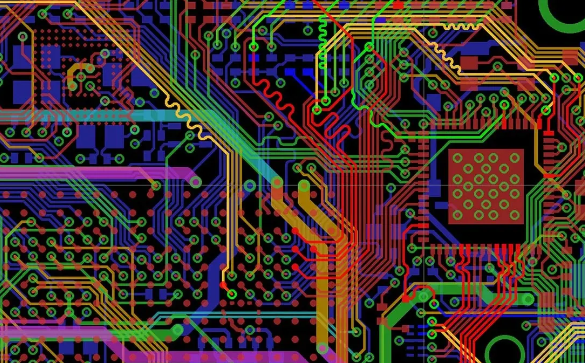
8. Verification and Validation
After completing the routing, designers should:
8.1 Design Rule Checks (DRC)
- Verify against all manufacturing rules
- Check for unconnected nets
- Validate spacing requirements
- Confirm layer usage compliance
8.2 Signal Integrity Analysis
- Perform simulations for critical nets
- Verify impedance control
- Check for excessive crosstalk
- Analyze power distribution network
8.3 Timing Analysis
- Validate clock distribution
- Check setup/hold times
- Verify length matching
- Analyze skew requirements
Conclusion
Establishing and following a proper PCB trace routing priority order is essential for creating reliable, high-performance circuit boards. By prioritizing power distribution, sensitive analog signals, and critical digital interfaces before general routing, designers can avoid many common signal integrity and EMI issues. The specific priorities may vary depending on the application, but maintaining a disciplined approach to routing order significantly improves the chances of first-pass success.
Remember that while these guidelines provide a general framework, each design has unique requirements that may necessitate adjustments to the routing priority. Experienced designers develop the judgment to know when to deviate from standard practices to achieve optimal results for their specific application.
Proper PCB routing is both an art and a science, requiring technical knowledge, attention to detail, and practical experience. By following these priority guidelines and combining them with thorough verification processes, designers can create PCBs that meet all performance, reliability, and manufacturability requirements.


